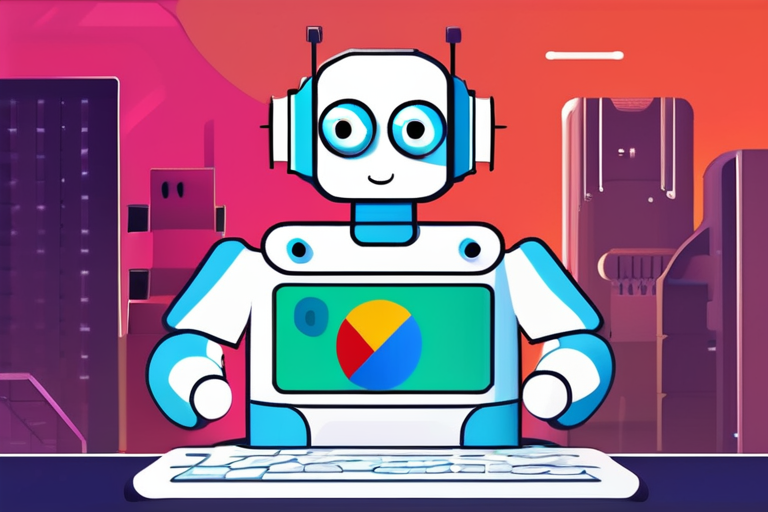Google recently unveiled Gemini 3, a significant upgrade to its flagship multimodal model, boasting enhanced reasoning capabilities and more fluid multimodal interactions. The firm claims the new model will function as an agent, capable of making its own choices about the type of output that best fits the user's prompt. This is a departure from the previous model, Gemini 2.5, which supported multimodal input but required explicit instructions about the desired output format and defaulted to plain text.
According to Google, Gemini 3 introduces generative interfaces, which enable the model to assemble visual layouts and dynamic views on its own, rather than returning a block of text. For instance, when asked for travel recommendations, Gemini 3 may generate a website-like interface within the app, complete with modules, images, and follow-up prompts. This feature allows users to interact with the model in a more intuitive and immersive way. "We're excited to see how users will engage with Gemini 3," said a Google spokesperson. "The model's ability to make its own choices about the type of output will enable new use cases and applications that were previously not possible."
Gemini 3's multimodal capabilities are a significant improvement over its predecessor, allowing users to input information through various means, including images, handwriting, and voice. The model's ability to reason and make connections between different pieces of information will enable it to provide more accurate and relevant responses. "Gemini 3 represents a major milestone in the development of multimodal AI models," said Dr. Fei-Fei Li, a leading AI researcher. "Its ability to reason and generate output in a more human-like way will have significant implications for a wide range of applications, from customer service to education."
The development of Gemini 3 is part of a larger trend in AI research, which is focused on creating more human-like and interactive models. This trend is driven by advances in natural language processing, computer vision, and multimodal interaction. As AI models become more sophisticated, they will be able to interact with users in more intuitive and immersive ways, enabling new use cases and applications.
Gemini 3 is currently available as a beta release, and Google plans to continue refining the model over the coming months. The company has not announced any specific plans for commercial deployment, but it is likely that Gemini 3 will be integrated into various Google products and services in the future. As the AI landscape continues to evolve, it will be interesting to see how Gemini 3 and other multimodal models are used to improve user experiences and drive innovation.



























Share & Engage Share
Share this article